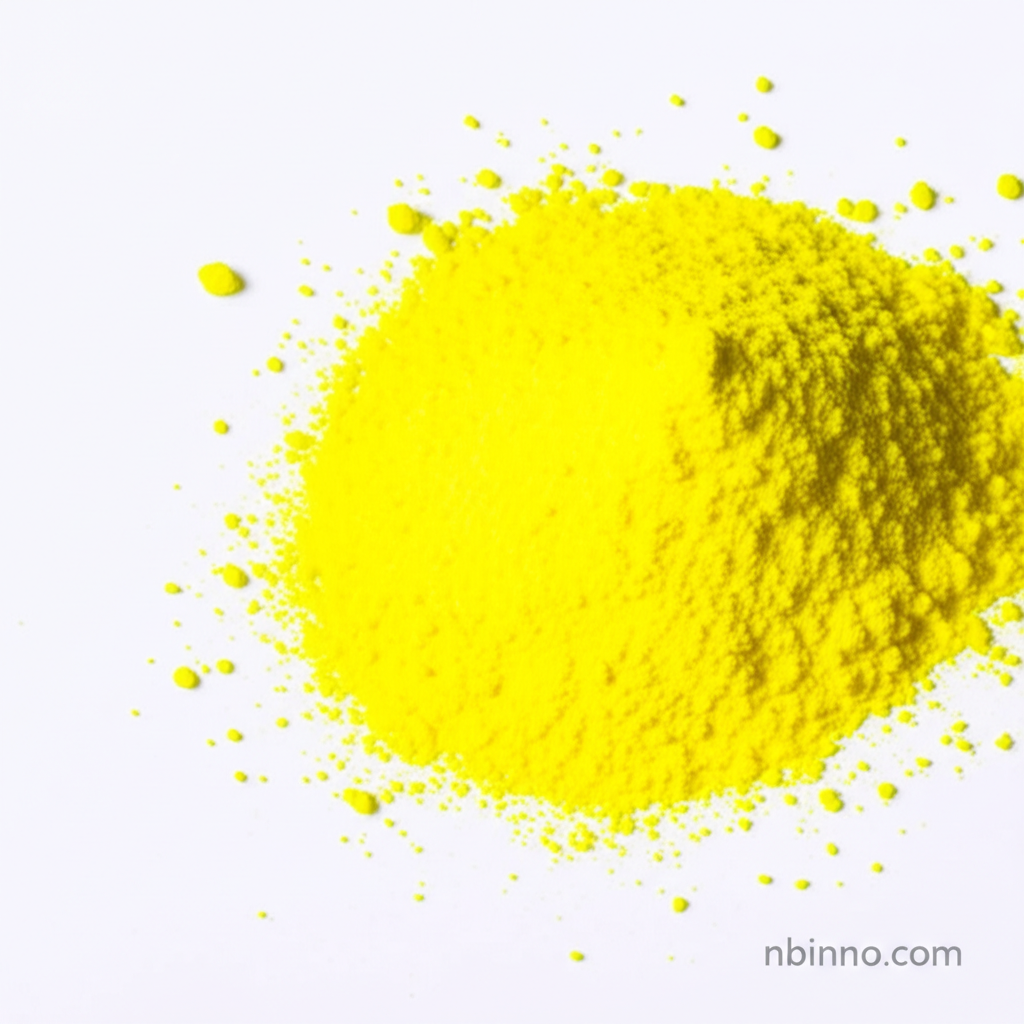1,4-Bis(2-methylstyryl)benzene: Illuminating Research with Enhanced Fluorescence
Explore the capabilities of a key fluorescent compound, essential for advanced scintillation and biological studies. Understand its properties and find reliable suppliers.
Get a Quote & SampleUnveiling the Core Value of 1,4-Bis(2-methylstyryl)benzene

1,4-Bis(2-methylstyryl)benzene
As a leading supplier in China, we offer 1,4-Bis(2-methylstyryl)benzene (CAS 13280-61-0), a sophisticated synthetic organic compound renowned for its high fluorescence emission and utility as a scintillator reagent. Its unique properties make it invaluable in various scientific applications, particularly in research settings. We are dedicated to providing high-quality chemical solutions, positioning ourselves as a reliable manufacturer in China for your critical research needs.
- The utility of 1,4-Bis(2-methylstyryl)benzene scintillator extends to various detection systems, offering precise readings.
- As a fluorescent probe for apoptosis, it enables detailed studies of cell death pathways, crucial for understanding diseases.
- Leveraging the CAS 13280-61-0 properties, researchers can gain deeper insights into biochemical processes.
- This synthetic fluorescent compound serves as a building block in advanced chemical synthesis, supporting innovation.
Key Advantages Offered by 1,4-Bis(2-methylstyryl)benzene
Exceptional Fluorescence
Benefit from the compound's absolute fluorescence emission in cyclohexane, making it ideal for applications requiring sensitive optical detection, which is a key advantage when exploring fluorescent scintillation materials.
Biomedical Research Utility
Its role as a fluorescent probe for apoptosis detection allows for precise observation of cellular mechanisms, supporting critical work in biomedical research and advanced apoptosis detection reagent development.
Chemical Versatility
As a synthetic fluorescent compound, it serves as a fundamental component in chemical synthesis, contributing to the development of new materials and research chemicals.
Key Applications
Scintillation Detection
The compound's properties as a scintillator reagent make it vital for accurate detection in various scientific instruments, supporting precise scintillator applications.
Apoptosis Research
Its application as a fluorescent probe for apoptosis allows researchers to visually track and study cellular processes, a critical aspect for understanding disease progression.
Chemical Synthesis
Used as a building block in advanced organic synthesis, it aids in the creation of novel compounds and materials, supporting the field of chemical synthesis.
Environmental Studies
Its use as a model compound in exploring the impacts of environmental toxins provides valuable data for ecological and health research, contributing to environmental toxicology studies.
